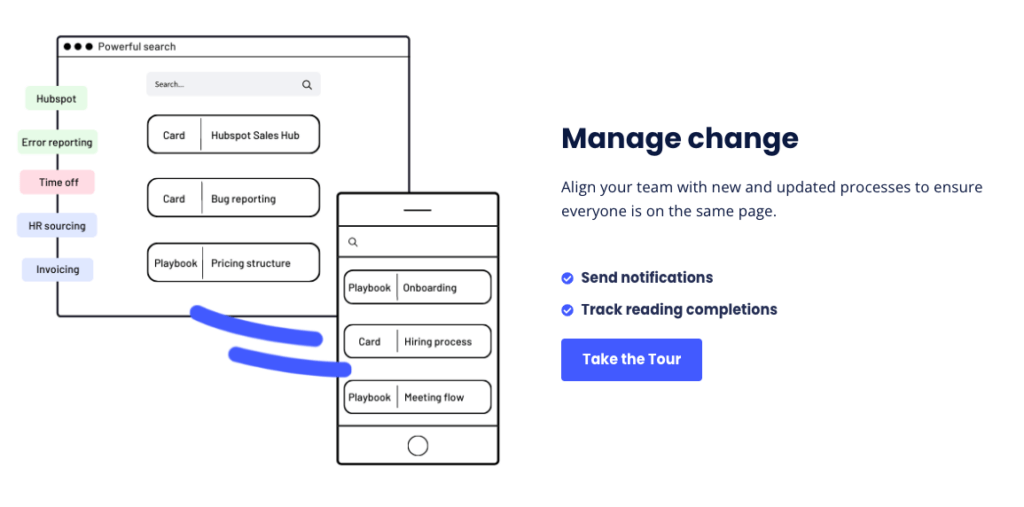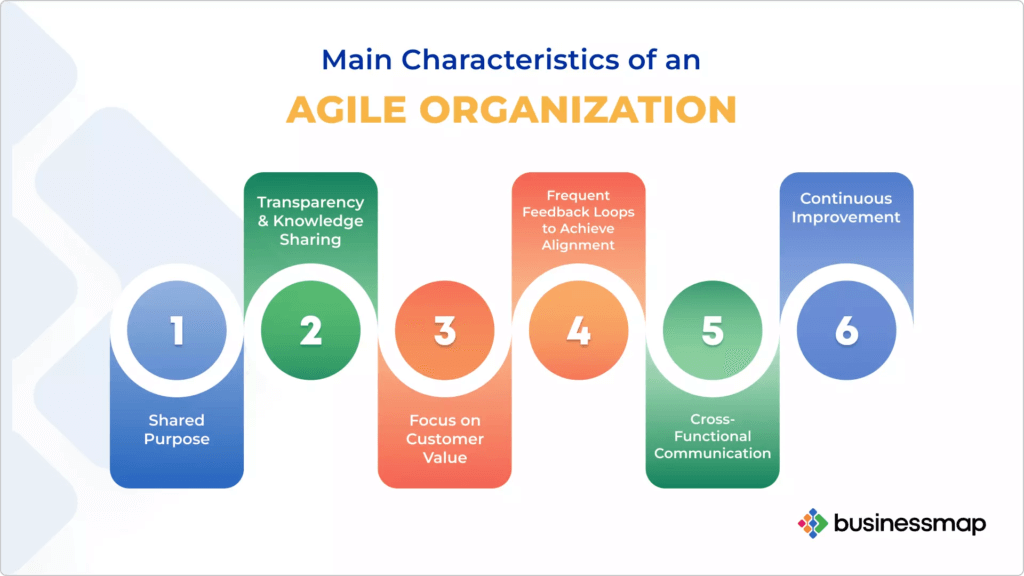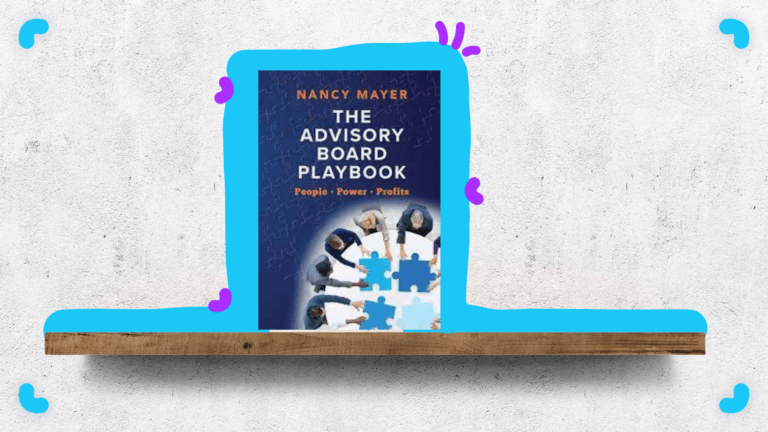60% of participants in a survey said it was difficult or almost impossible to get essential information from their colleagues. 😮
When crucial processes, practices, and insights are not properly documented or shared among team members, the organization faces significant risk. This gap in knowledge transfer can hinder the smooth continuity of operations and the foundation needed for scaling.
Without accurate and comprehensive documentation, essential information can remain siloed, making it harder for others to step in and sustain the same level of effectiveness.
If there’s any trend that’s emerged in recent years, it’s one of constant change. It’s why building an agile organization is more than a buzzword; it’s essential for operating in complex environments.
An agile organization is a company whose structure and processes have been designed to enable employees to respond to change and complex environments quickly.
As we’ve seen this change can come from geo-political events, environmental events, socio-economic events and much more.
Whilst it can often result in declining markets or needing to pivot in strategy, it can also result in growth at a rapid rate; hypergrowth.
Hypergrowth. Every entrepreneur’s dream! Imagine your organization’s compound annual growth rate (CAGR) exceeded 40%. You’d be taking out the champagne, right?
Not necessarily.
Why Hypergrowth needs an agile approach
In 2016, Mathilde Jakobsen started Freshland – a disruptive food-tech startup that is digitizing and shortening the food supply chain, connecting farmers and consumers directly.
The company was coined “truly pioneering” (WWF, 2016) and “one of the most promising green startups in Denmark” (Forbes, 2016) and has won multiple awards.
Unlike most businesses that crashed or needed to pivot during the pandemic, Freshland boomed and took off to new heights. Customers who were unable to leave their homes received deliveries of fresh produce direct to their homes.
We went from having just a handful of people to hiring over 50! We had to grow quickly to keep up with demand, and as demand changed, we had to adapt.
While many of us intellectually know we need to adopt agile processes, we don’t often know precisely how to implement them.
We recently hosted Mathilde on Chaos to Clarity podcast, to find out how.
Building an Agile Organization - Prepare for Downturn
Hypergrowth is not a natural phenomenon and doesn’t last forever.
In nature, from where we took inspiration to start Freshland, everything has a season. It’s the same in business.
The more you can prepare for the downturn when it happens, the quicker you will be able to turn things around.
It doesn’t mean doors will be closing, it just means being prepared for a new cycle.

Building an Agile Organization - Keep costs flexible
Whilst in days gone by, one would have a set of expenses that remained more or less constant, in the gig economy, it’s possible to keep costs flexible.
Having costs that shrink or expand as you do, is a massive advantage and will help with profitability, says Jakobsen.
Building an Agile Organization - Outsource where possible
Often it’s more damaging trying to do everything yourself. Outsource to specialists where possible, and you will find yourself with better operating efficiency and value.
Building an Agile Organization - Focus on profitability
Compromising on quality isn’t an option, but no matter your business, if it’s not profitable, you will not survive after a cash-flow shortage.
Focus on profitability, not growth.

Building an Agile Organization - Negotiate contracts
It often doesn’t occur to entrepreneurs to negotiate the contracts they’re given but the more you do so as an entrepreneur, the more you’re geared towards becoming an ‘agile organization’.
And Plan for the worst
Becoming an agile organization starts with a mindset shift. You have to move away from the legacy ideals of the business as a well-oiled machine. It’s not life, and it certainly isn’t business.
Things change and whilst it might sound somewhat negative to have to plan for the worst, Mathilde suggests that this approach is realistic and will actually give companies and competitive edge.
Manage change with agile processes
Becoming an agile organization begins with the processes and structures put in place.
How do you hire? What is your policy for onboarding and how can you onboard team members faster?

Whilst you’re not in charge of external events, you can manage change by building an agile organization through putting the right processes in place.

Readiness to Scale Assessment
Almost everyone wants to scale their business but where to start? Take our Readiness to Scale Assessment to find out! You’ll be presented with 10 statements that correlate to one of three specific scaling stages in business.







